| Model: | MOS922-32-7 |
| Place of Origin: | Zhejiang,China (Mainland) |
| Molecular Formula: | C4H8N3O5PNa2 |
| Molecular Weight: | 255.1 |
| Specification: | CP/USP/EP |
| Brand: | MOSINTER |
| Appearance: | White crystalline powder |
| Content: | ≥98% |
| CAS NO.: | 922-32-7 |
- Have any questions?
- +86-189 8930 5995
- sales@mosinterchem.com.cn
Creatine phosphate disodium salt CAS 922-32-7

Methyldopa CAS 555-30-6
05/12/2018
Guanoxan sulfate CAS 5714-04-5
05/12/2018Creatine phosphate disodium salt (CAS: 922-32-7)
| Item | Index |
| Molecular Formula | C4H8N3O5PNa2 |
| Molecular Weight | 255.1 |
| Specification | CP/USP/EP |
| Appearance | White crystalline powder |
| Content | ≥98% |
Chemistry
Phosphocreatine is formed from parts of three amino acids: arginine (Arg), glycine (Gly), and methionine (Met). It can be synthesized by formation of guanidinoacetate from Arg and Gly (in kidney) followed by methylation (S-adenosyl methionine is required) to creatine (in liver), andphosphorylation by creatine kinase (ATP is required) to phosphocreatine (in muscle); catabolism: dehydration to form the cyclic Schiff basecreatinine. Phosphocreatine is synthesized in the liver and transported to the muscle cells, via the bloodstream, for storage.
The creatine phosphate shuttle facilitates transport of high energy phosphate from mitochondria.
History
The discovery of phosphocreatine was reported by Grace and Philip Eggleton of the University of Cambridgeand separately by Cyrus Fiske andYellapragada Subbarow of the Harvard Medical School in 1927. A few years later David Nachmansohn, working under Meyerhof at the Kaiser Wilhelm Institute in Dahlem, Berlin, contributed to the understanding of the phosphocreatine’s role in the cell.
You must be logged in to post a review.

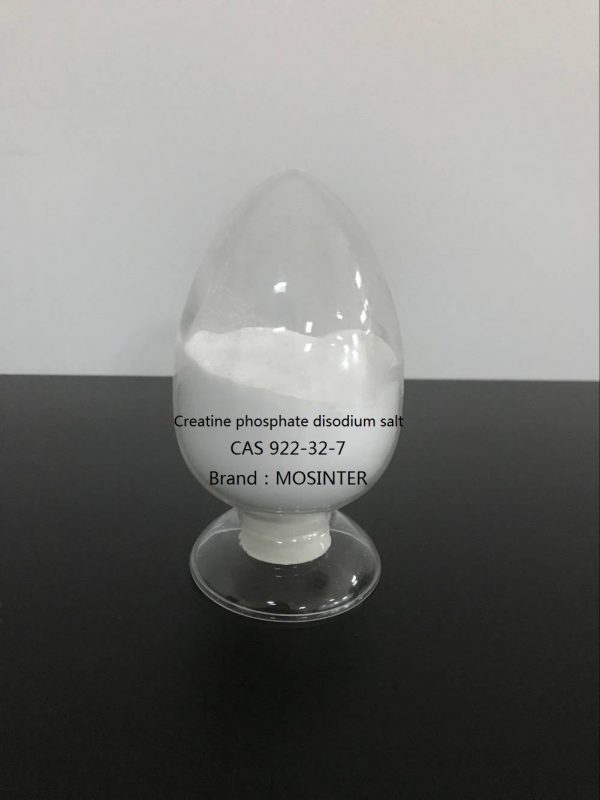
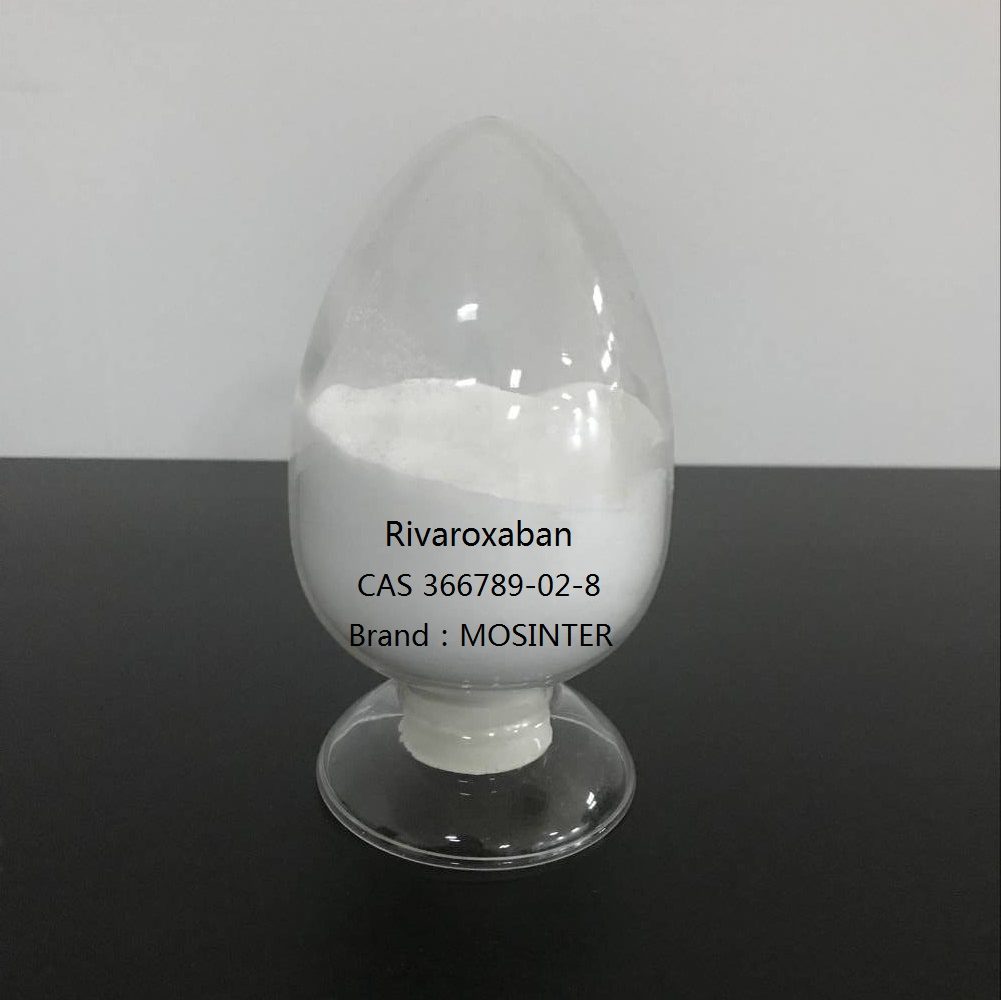
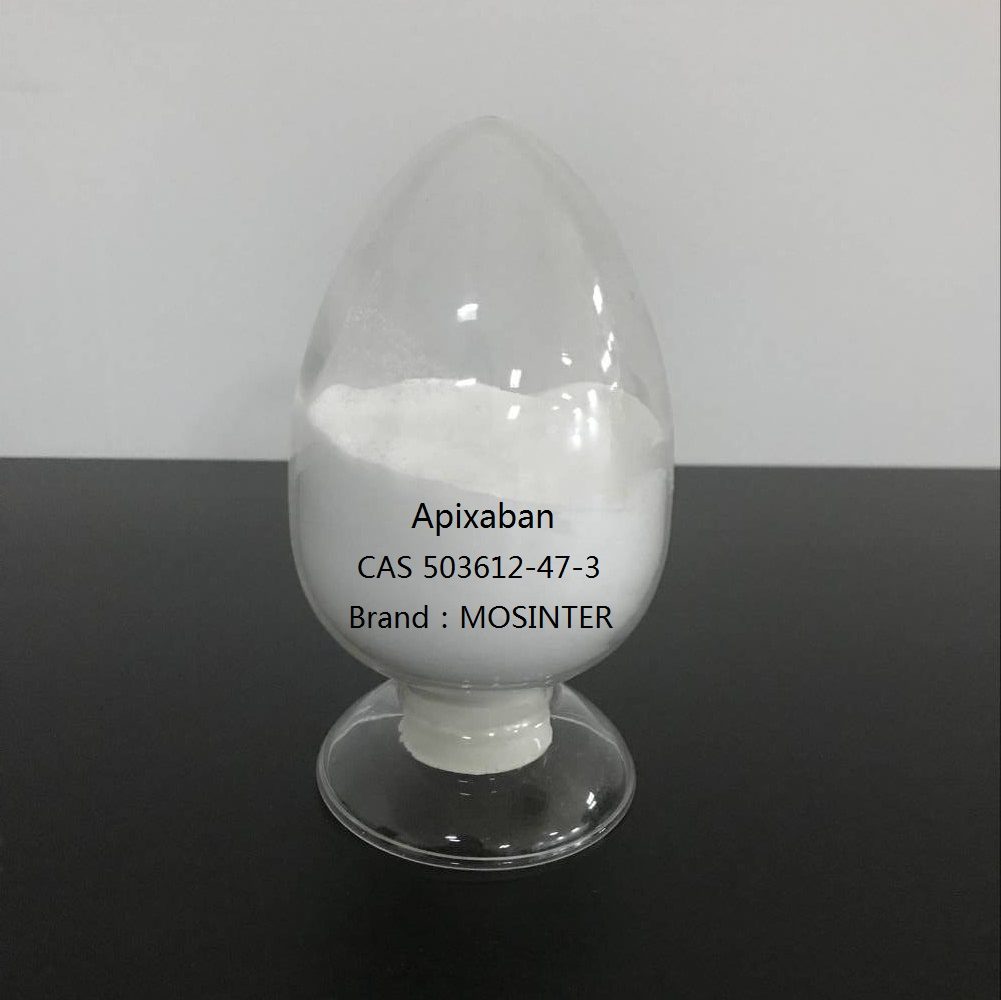
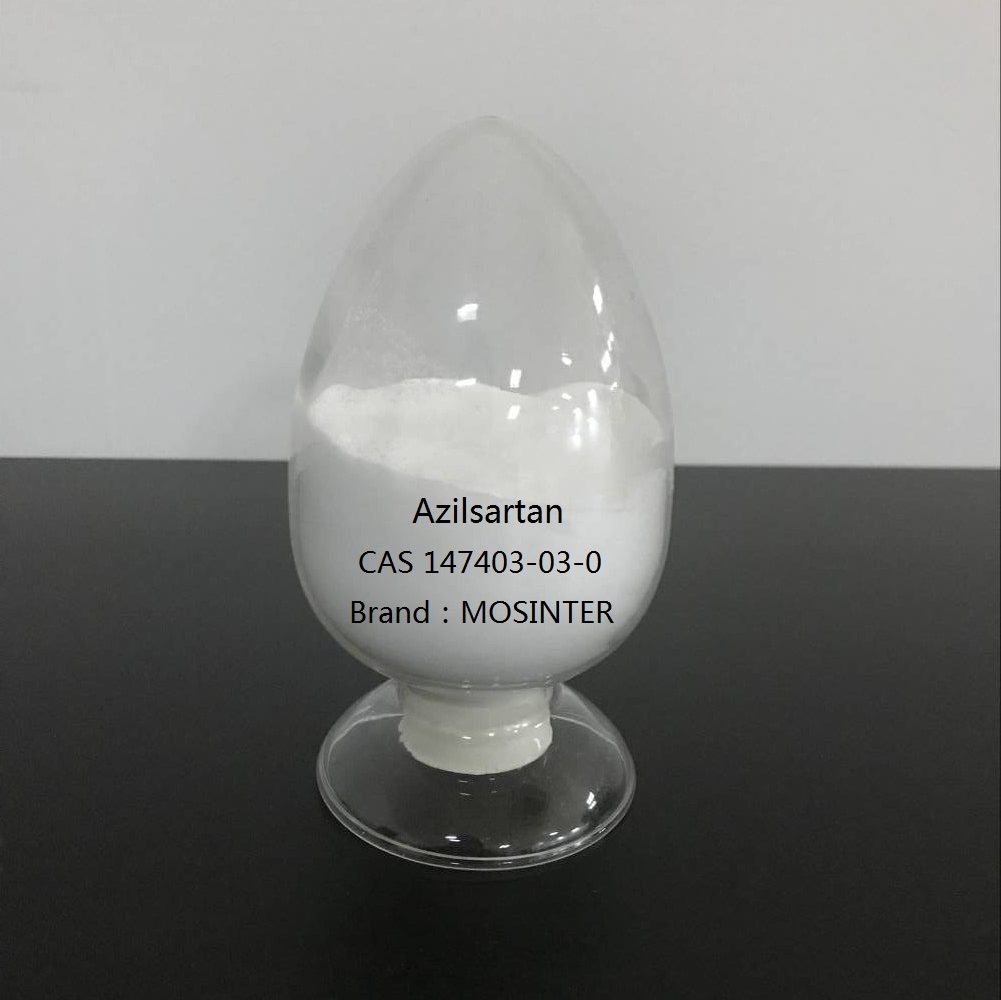
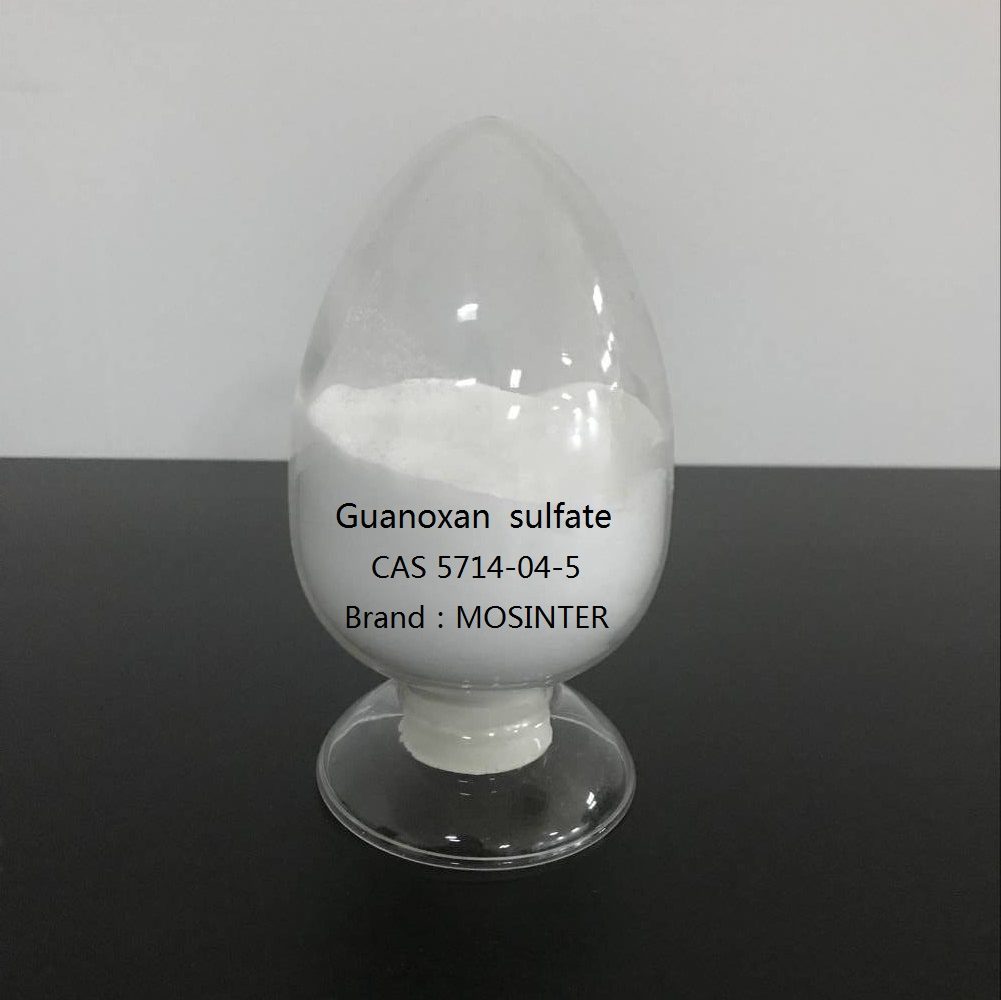
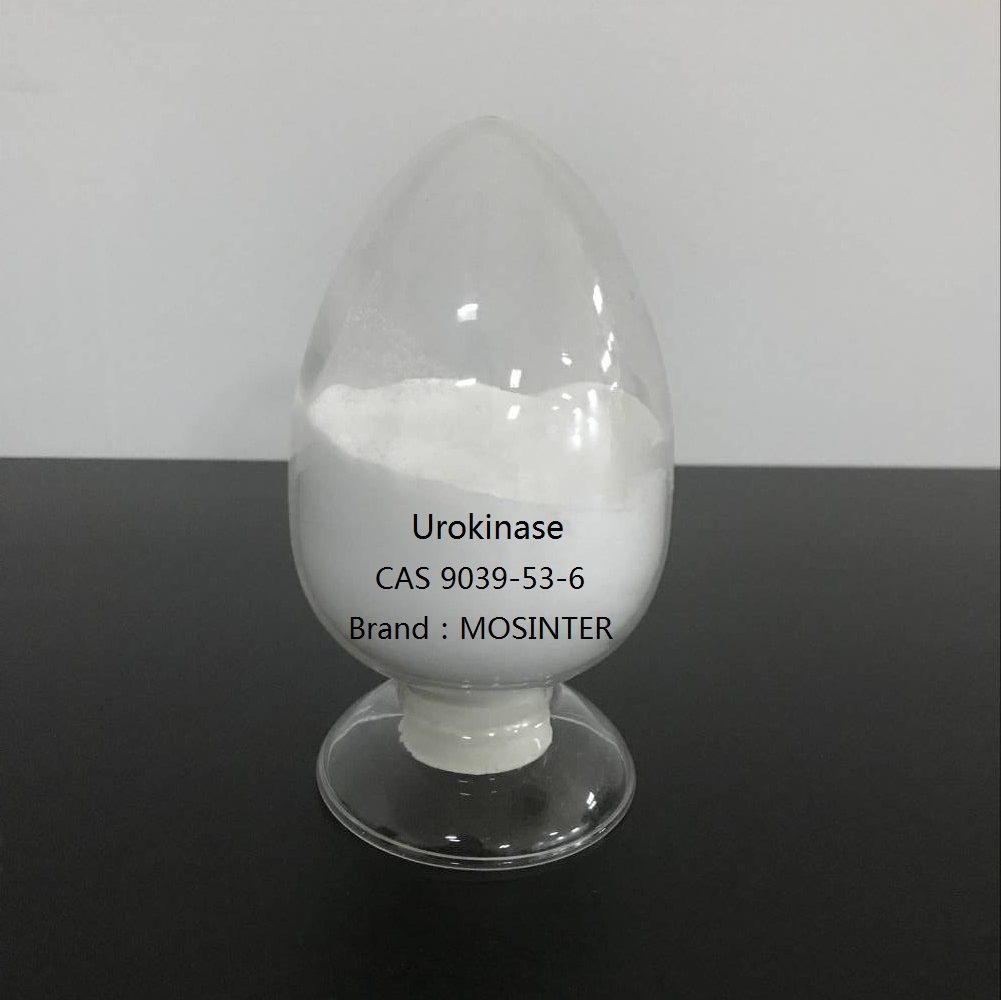
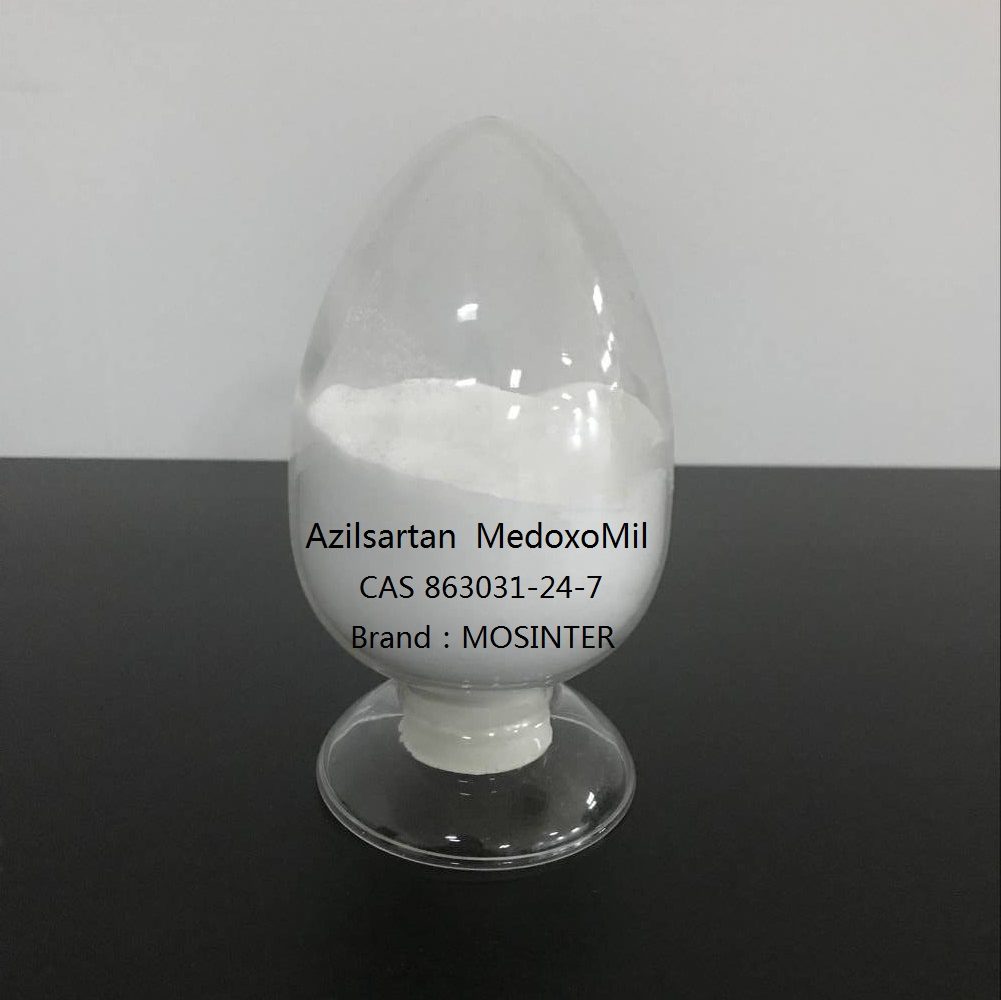
Reviews
There are no reviews yet.